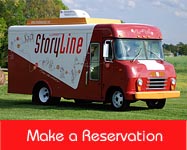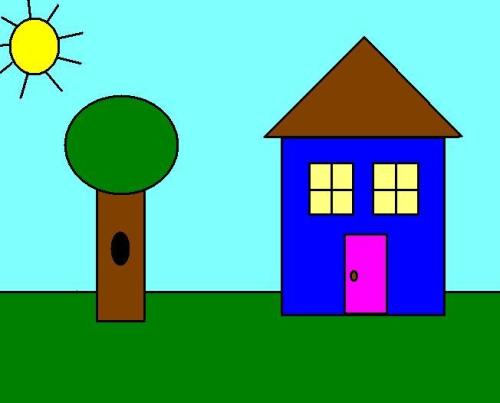Christmas Is For Storytellers
My favorite time of the holiday season is Christmas afternoon.
It stems from my boyhood in a small southern town in a family of storytellers to whom I owe much of who I am as a writer today.
We were a large, rowdy group – my mother, her three brothers, in-laws, cousins, and my grandmother, Nell Cooper. She was a feisty, independent soul – widowed at a fairly young age with four children at home. She raised and educated them and in her later years enjoyed having them close at hand. Especially on Christmas afternoon, when we all gathered at Mama Cooper’s house.
It was the family tradition for the twelve cousins (I was the oldest) to draw names a couple of weeks before and exchange small gifts. Mama Cooper would hand out presents to each of us, we would all have punch and cookies, and then the kids were sent outdoors to play with the stuff we had gotten from Santa that morning. The adults would gather around Mama Cooper’s dining room table and tell stories.
Mama Cooper was the tee-totaling daughter of a Methodist minister, and she did not allow fermented spirits in her house. Except on Christmas afternoon. The boys would concoct eggnog, liberally flavored with bourbon, and the more eggnog that was consumed, the better the storytelling got. My dad and three uncles had been in World War Two – two pilots, a sailor, an infantryman – and much of the storytelling involved that time in their lives. Never about combat, but about far-flung places, girlfriends who became wives, the fast-moving and often chaotic world into which they had all been catapulted from that small southern town. And about life back home while the boys were off at war – the ration books, the gold stars in windows, the heady uncertainty, the powerful sense of relief when it was all over and they could put small-town lives back together.
Nell Cooper and her family, c. 1927
Curious kid that I was, I would leave the little young’uns playing in the yard, sneak back into the house, and hide in the living room, listening to the tales being told on the other side of the wall. I don’t remember many of the details of the grownups’ stories, but I do remember vividly the realization that I was hearing things about my parents, aunts, uncles and grandmother that I could have scarcely imagined. I understood that there was a rich texture to their lives, an undercurrent, that shaped the people they were now, and that the texture, the undercurrent, was the most fascinating part about them. It made them intriguing, even exotic, and it had a profound impact on my evolving view of the world and human experience.
As a writer, I am all about characters and relationships. There are things about people we see and hear, and there are things unseen and unheard. There is a tension between the faces we show to the world and the things that are in our hearts and souls. That tension has a great deal to do with who we are and how we relate to the people around us. Our relationships are profoundly affected by our hidden places, our secrets, the soul stuff. And how we each reconcile the tension between the obvious and the secret has a great deal to do with how genuine we are as people.
Okay, that’s all a mouthful, but it’s as close as I can get to my approach as a storyteller. My job is to present a character who bubbles up from my imagination, present that character as honestly as I can, warts and all, and plumb the depths of the hidden stuff. I hope, when the work is done, you’ll find something that resonates with your life, your world, your relationships. If I do, I’ve been successful.
It all goes back to Christmas afternoon at Mama Cooper’s house. Ever since, those few hours have been special to me. This Christmas afternoon, I’ll take some time to be quiet and think about those good people there in Mama Cooper’s dining room and thank them for the gift they gave me without ever knowing they did.
Merry Christmas.



